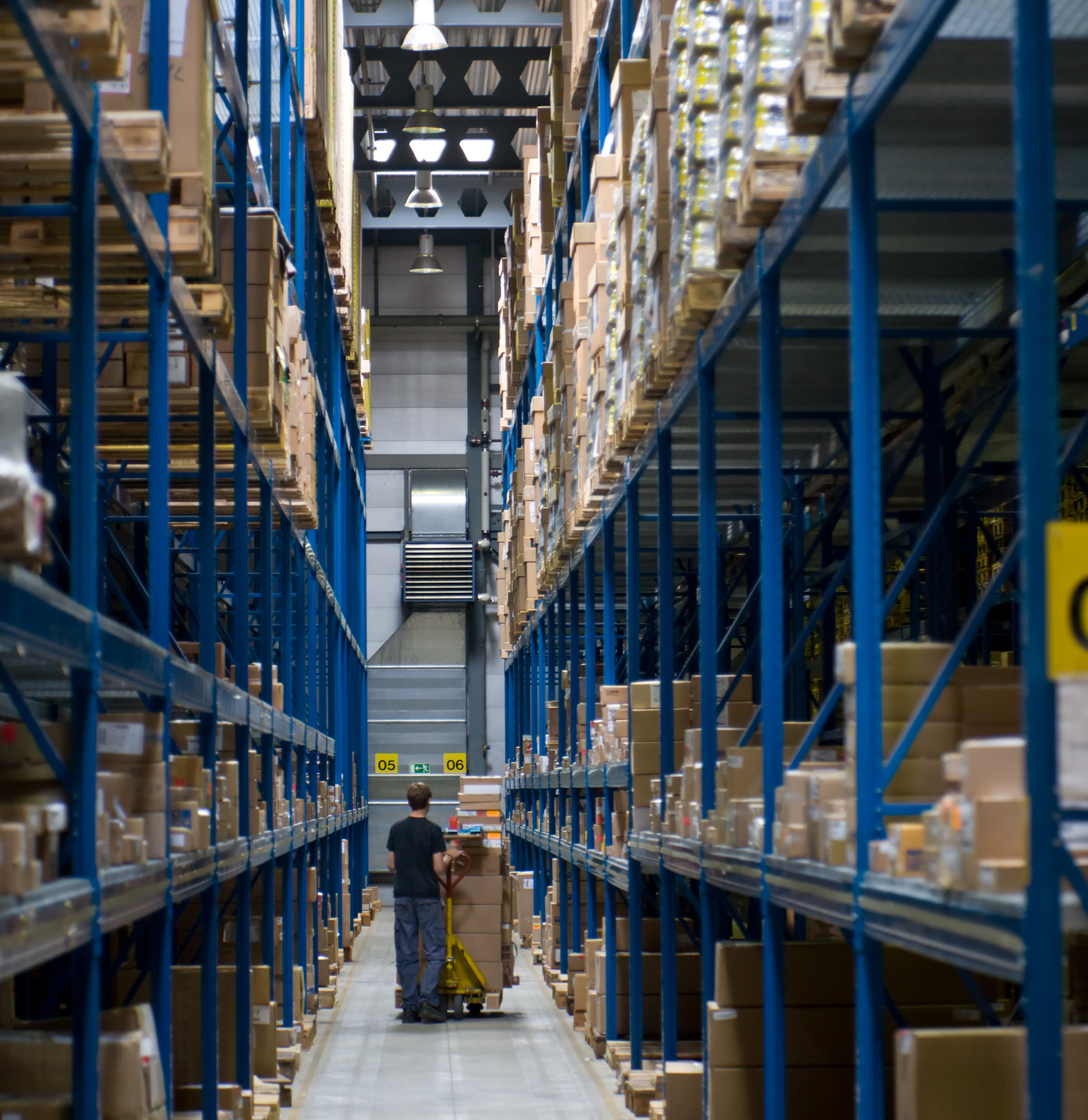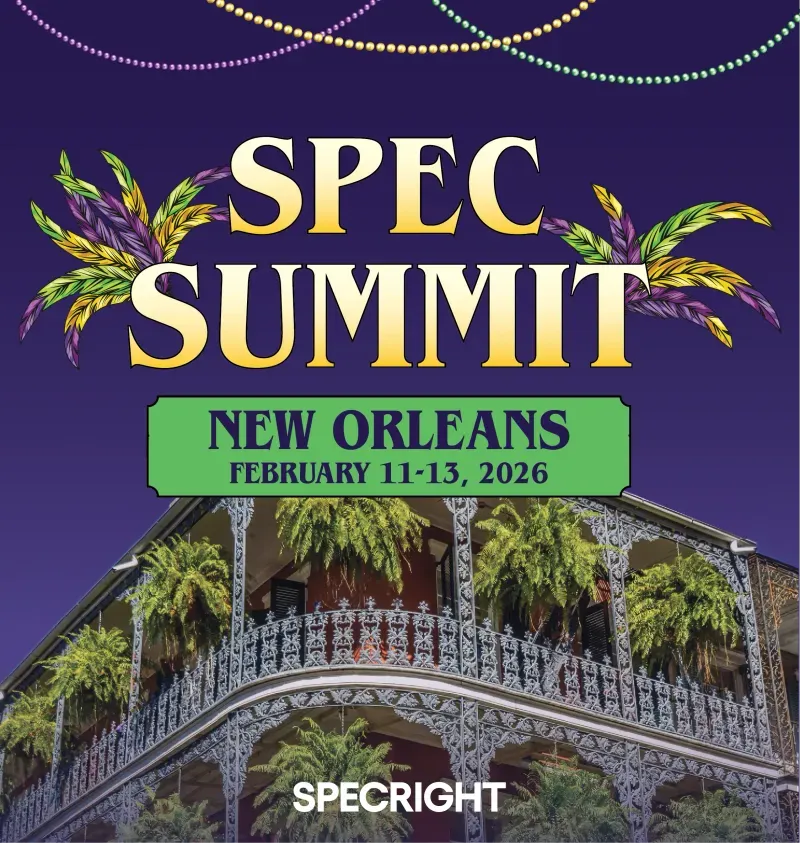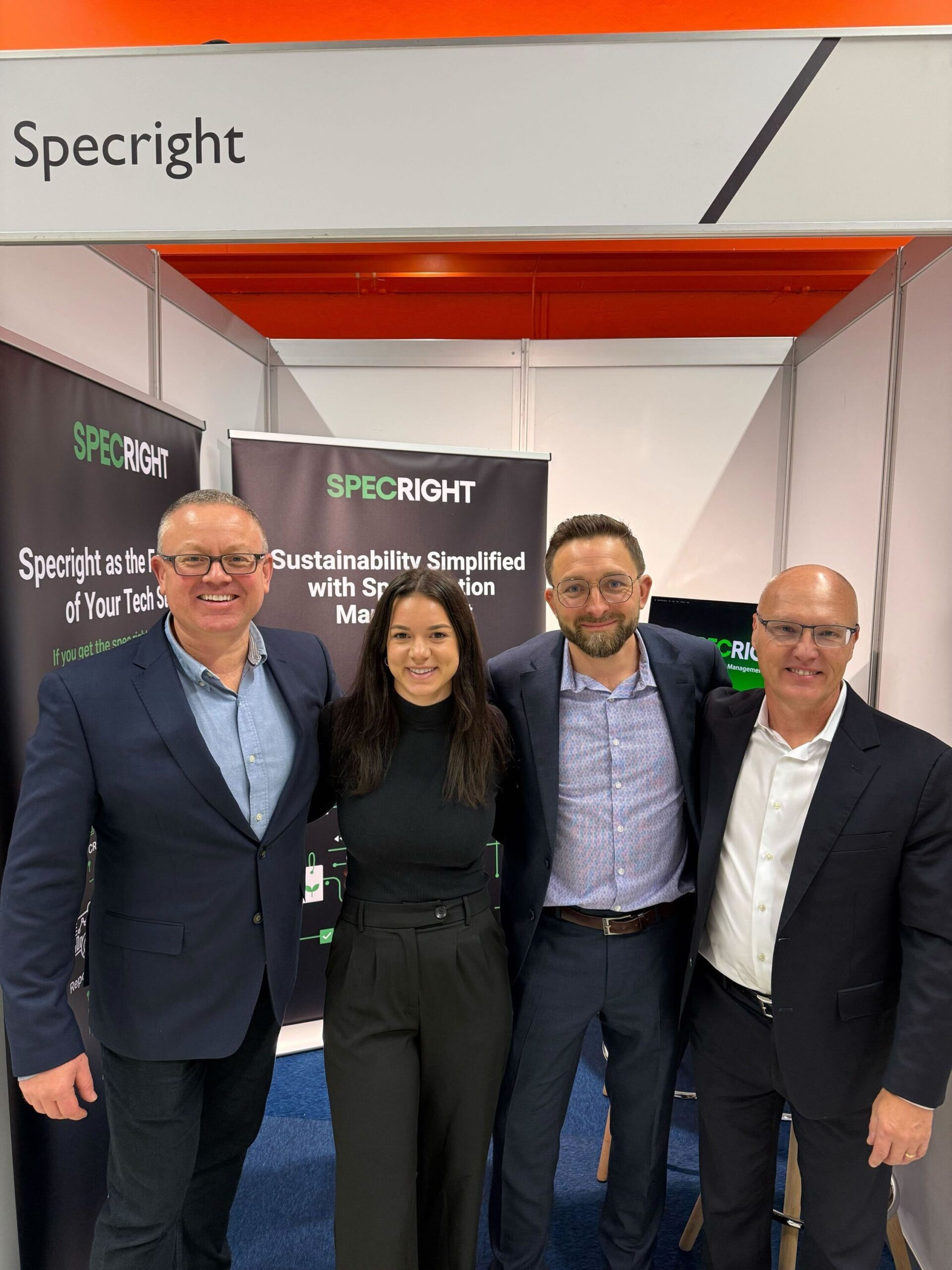What is packaging design?
How do you capture someone’s attention in a market full of attractive products? It’s not always the deals you offer or the guarantee you provide. The first hook is always created with a product’s packaging and how it’s designed.
Product packaging design is the art of creating exceptional and visually-appealing designs for the outer containers of products, such as cardboard boxes and cartons. It covers aspects such as appearance, feel, ability to protect the contents inside, and the pleasure of holding the containers in the hands. When your packaging design focuses on all these aspects, you can leave a strong and positive impression on consumers before they even decide to buy a product.
A unique packaging design makes your product stand out, piquing your target audience’s interest in exploring your product and influencing their buying decision.
Why is product packaging design important?
Your product packaging design communicates more than your brand identity. It communicates with your potential and existing customers. An attractive product packaging design helps you make a positive first impression on consumers, especially in the e-commerce landscape. Unlike physical stores with inviting layouts and friendly staff, online businesses rely heavily on their custom packaging design to build and augment their brand identity.
In fact, research has shown that the materials used in product packaging and unique graphic design ideas for logo design and box design often influence consumers’ buying decisions. This also highlights the positive impact of product packaging design on your business’s overall performance and revenue.
A well-designed package will also offer consumers all the relevant information they need about the product and the manufacturer. This information should be able to cover questions such as: Who is the product made for? How is the product used? Does it expire and when? (in the case of food packaging design created for food products).
The brand you create and the unique narrative that you weave into its perception can be effectively reflected in your packaging design. This influences how consumers view your offerings and, in turn, the brand. After all, first impressions can never be recreated.
Hence, to ensure that your packaging design accurately funnels your brand message, use brand typography to stylize the brand logo, fonts, and trademarks associated with your brand. This offers a consistent approach that allows consumers to quickly identify your products no matter where they are.
The packaging design also significantly determines whether consumers are willing to pay the price quoted on your product. Eye-catching packaging can impart a sense of high value to your brand and make consumers buy your products. This can boost sales and improve your profit margins. Suffice it to say, the best packaging design does not only promote the product but also enhances its perceived worth, fostering a top-of-the-mind recall for your brand.
Leading global and local brands have always prioritized product packaging design because it has proven instrumental in enhancing consumer purchase behavior and product experience. In a word, product packaging design brings success to your brand.
How Does Packaging Design Influence Consumer Behavior?
As we learned above, packaging plays a significant role in creating brand differentiation. It can set you apart from others who manufacture or sell similar products by using distinctive logos and colors for your brand design.
The packaging design process goes beyond just creating types of packaging for different products using dieline templates with design software like Adobe Illustrator or Photoshop. It can either serve as a tool to shape consumer behavior and drive sales or even jeopardize sales if the design is not too captivating. Having attractive design elements can positively influence customer perceptions, emotions, and purchase decisions, significantly boosting product visibility and making it popular with consumers in offline and online marketplaces alike.
1. Packaging consistency
An important factor for successful packaging design is its consistency. A product’s packaging becomes instantly distinct and identifiable if the design is simple and unified, creating a strong brand identity. This consistency also plays a role in earning customer trust and loyalty, as consumers highly appreciate a reliable experience offered by the brand.
Simplicity further enhances this consistency. With a simple packaging design, you can ensure that the actual communication about the product is not compromised. On the other hand, complicated designs can confuse customers and detract from the product’s worth. Selecting clear and straightforward designs can create more of an impact and even be more memorable compared to intricate designs. So, when it comes to leaving a mark with packaging design, the principle of “less is more” reigns supreme. It is the single most important aspect of an aesthetically pleasing package design that every brand should consider.
A simple yet visually appealing design concepts can effectively capture consumer attention while conveying relevant information about the product and its advantages without overwhelming customers with unnecessary complexity.
2. Draws Attention With Unique Designs
When a product is beautifully packaged, it can instantly grab people’s attention. Custom packaging offers the medium through which you can cultivate a unique identity for your products, enabling consumers to interact with your brand. The product may not be of much relevance to everyone, but attractive packaging ensures that everyone notices it. A unique packaging design sets your product apart and shapes your brand identity for the consumer. It visually represents your brand’s values and influences the consumer’s perception.
3. Use Colors to Evoke Psychological Triggers & Feelings
In the first 90 seconds of encountering a product, consumers can decide whether to buy it or not. About 62-90% of this decision is influenced by the packaging colors. Color palette plays a critical role in product packaging as they evoke emotions that shape consumers’ perceptions of the product. Selecting the right colors can leave a powerful visual impact on the consumer as well as enhance the product’s overall appeal.
4. Safe Packaging
Ensure your custom packaging is designed for easy access and doesn’t require additional hands or intricate tools to undo it. While complex designs can seem ‘intelligent,’ consumers prefer hassle-free packaging that they can open easily and without damaging the contents. Your objective should be to follow the principle of minimalism and create a package design that can grab people’s attention as well as offer the convenience of opening the package without much struggle.
You must also consider making your packaging’s functionality senior-friendly, as about 56 million people in the US are aged 65 or above. Therefore, it’s necessary to use larger text and bold colors to enhance visibility for senior buyers. Adopting safe, easy-to-open packaging options requiring minimal grip strength would benefit the growth of your brand.
5. Consider the Overall Quality of the Product
Creating eye-catching packaging with a unique label design for your products can offer several benefits, but it should also match your product’s quality and craftsmanship. The packaging should resonate with your target audience, offering a nice look and feel. Tailoring packaging solutions to your intended audiences can help you achieve a product that enhances the overall brand perception and user experience.
Other than the design, you must also use high-quality materials for your package to provide premium and sustainable packaging for your products. Your choice of high-quality materials for crafting the perfect packaging will showcase your brand’s commitment to quality assurance and also protect products during transportation. Investing in packaging box materials that can withstand wear and tear can go a long way toward fostering brand equity and customer loyalty.
What is packaging design?
How do you capture someone’s attention in a market full of attractive products? It’s not always the deals you offer or the guarantee you provide. The first hook is always created with a product’s packaging and how it’s designed.
Product packaging design is the art of creating exceptional and visually-appealing designs for the outer containers of products, such as cardboard boxes and cartons. It covers aspects such as appearance, feel, ability to protect the contents inside, and the pleasure of holding the containers in the hands. When your packaging design focuses on all these aspects, you can leave a strong and positive impression on consumers before they even decide to buy a product.
A unique packaging design makes your product stand out, piquing your target audience’s interest in exploring your product and influencing their buying decision.
Why is product packaging design important?
Your product packaging design communicates more than your brand identity. It communicates with your potential and existing customers. An attractive product packaging design helps you make a positive first impression on consumers, especially in the e-commerce landscape. Unlike physical stores with inviting layouts and friendly staff, online businesses rely heavily on their custom packaging design to build and augment their brand identity. In fact, research has shown that the materials used in product packaging and unique design ideas for logo design and box design often influence consumers’ buying decisions. This also highlights the positive impact of product packaging design on your business’s overall performance and revenue.
A well-designed package will also offer consumers all the relevant information they need about the product and the manufacturer. This information should be able to cover questions such as: Who is the product made for? How is the product used? Does it expire and when? (in the case of food packaging).
The brand you create and the unique narrative that you weave into its perception can be effectively reflected in your packaging design. This influences how consumers view your offerings and, in turn, the brand. After all, first impressions can never be recreated. Hence, to ensure that your packaging design accurately funnels your brand message, use brand typography to stylize the brand logo, fonts, and trademarks associated with your brand. This offers a consistent approach that allows consumers to quickly identify your products no matter where they are.
The packaging design also significantly determines whether consumers are willing to pay the price quoted on your product. Eye-catching packaging can impart a sense of high value to your brand and make consumers buy your products. This can boost sales and improve your profit margins. Suffice it to say, the best packaging design does not only promote the product but also enhances its perceived worth, fostering a top-of-the-mind recall for your brand.
Leading global and local brands have always prioritized product packaging design because it has proven instrumental in enhancing consumer purchase behavior and product experience. In a word, product packaging design brings success to your brand.
How Does Packaging Design Influence Consumer Behavior?
As we learned above, packaging plays a significant role in creating brand differentiation. It can set you apart from others who manufacture or sell similar products by using distinctive logos and colors for your brand design.
The packaging design process goes beyond just creating types of packaging for different products. It can either serve as a tool to shape consumer behavior and drive sales or even jeopardize sales if the design is not too captivating. Having attractive design elements can positively influence customer perceptions, emotions, and purchase decisions, significantly boosting product visibility and making it popular with consumers in offline and online marketplaces alike.
1. Packaging consistency
An important factor for successful packaging design is its consistency. A product’s packaging becomes instantly distinct and identifiable if the design is simple and unified, creating a strong brand identity. This consistency also plays a role in earning customer trust and loyalty, as consumers highly appreciate a reliable experience offered by the brand.
Simplicity further enhances this consistency. With a simple packaging design, you can ensure that the actual communication about the product is not compromised. On the other hand, complicated designs can confuse customers and detract from the product’s worth. Selecting clear and straightforward designs can create more of an impact and even be more memorable compared to intricate designs. So, when it comes to leaving a mark with packaging design, the principle of “less is more” reigns supreme. It is the single most important aspect of an aesthetically pleasing package design that every brand should consider.
A simple yet visually appealing design can effectively capture consumer attention while conveying relevant information about the product and its advantages without overwhelming customers with unnecessary complexity.
2. Draws Attention With Unique Designs
When a product is beautifully packaged, it can instantly grab people’s attention. Custom packaging offers the medium through which you can cultivate a unique identity for your products, enabling consumers to interact with your brand. The product may not be of much relevance to everyone, but attractive packaging ensures that everyone notices it. A unique packaging design sets your product apart and shapes your brand identity for the consumer. It visually represents your brand’s values and influences the consumer’s perception.
3. Use Colors to Evoke Psychological Triggers & Feelings
In the first 90 seconds of encountering a product, consumers can decide whether to buy it or not. About 62-90% of this decision is influenced by the packaging colors. Color palette plays a critical role in product packaging as they evoke emotions that shape consumers’ perceptions of the product. Selecting the right colors can leave a powerful visual impact on the consumer as well as enhance the product’s overall appeal.
4. Safe Packaging
Ensure your custom packaging is designed for easy access and doesn’t require additional hands or intricate tools to undo it. While complex designs can seem ‘intelligent,’ consumers prefer hassle-free packaging that they can open easily and without damaging the contents. Your objective should be to follow the principle of minimalism and create a package design that can grab people’s attention as well as offer the convenience of opening the package without much struggle.
You must also consider making your packaging’s functionality senior-friendly, as about 56 million people in the US are aged 65 or above. Therefore, it’s necessary to use larger text and bold colors to enhance visibility for senior buyers. Adopting safe, easy-to-open packaging options requiring minimal grip strength would benefit the growth of your brand.
5. Consider the Overall Quality of the Product
Creating eye-catching packaging with a unique label design for your products can offer several benefits, but it should also match your product’s quality and craftsmanship. The packaging should resonate with your target audience, offering a nice look and feel. Tailoring packaging solutions to your intended audiences can help you achieve a product that enhances the overall brand perception and experience of your customers.
Other than the design, you must also use high-quality materials for your package to provide premium and sustainable packaging for your products. Your choice of high-quality materials for crafting the perfect packaging will showcase your brand’s commitment to quality assurance and also protect products during transportation. Investing in packaging box materials that can withstand wear and tear can go a long way toward fostering brand equity and customer loyalty.
How Package Design Can Impact Your Company Performance
Your product’s packaging design determines the behavioral outcomes of your customers. Creative packaging can elevate the status of your brand, giving you power, a distinct identity, and an indomitable place in the market. Assessing your current packaging holistically and identifying elements that best convey your brand story and ones that need improvement can future-proof your brand.
Competitive Advantage
A surprising amount of companies give very little thought into the packaging of their products. Elisha Tropper, President and CEO of Cambridge Security Seals, states, “I have spoken with manufacturers of industrial products around the world, and for most of them, packaging is not even a consideration. They are manufacturers; they are not packagers. They make an industrial product, and industrial products are dumped into boxes. But whether the box is an inch bigger or an inch smaller, what does it matter?” This overall mindset may be hurting a company, who also may be spending large amounts of money on packaging materials without understanding why.
Despite this fact, many companies are viewing packaging as more than just protection or marketing for their products. Many company executives, like Tropper, consider packaging optimization when measuring product success. They look into finer detail, taking into account things such as product design to develop packaging that sometimes requires approximately half the packaging of its competitors. This ultimately results in a greater value for end users and a product with more premium presentation. These forward-thinking companies are specifically targeting competitive packaging, focusing not only on the performance of the product, but also of the package. Doing so has a substantial impact on customers, influencing their purchasing decisions in stores and online.
In the healthcare and pharmaceutical industry, companies are focusing more on package design to differentiate themselves from their competitors and improve brand recognition. Alan Davies, the Global Design Manager at Essentra, states, “What we are finding is that pharmaceutical firms are now looking to packaging as a way to differentiate themselves. They are open to working with external design studios to identify creative solutions that will help them differentiate their product and the way it is delivered to their end users.”
For Essentra, they had been tasked with designing bold and innovative packaging in order to help professionals identify and access instruments out of bulk containers quickly and effectively. By focusing on package design, they were able to reap the benefits of their packaging innovation, creating a competitive edge in their respective industry by considering customer ergonomics and visual appeal.
Sustainability
When companies think “sustainability,” they tend to focus more on using biodegradable materials as a solution. According to the Environmental Protection Agency, every year packaging makes up one-quarter of landfill waste, so it makes sense that the solution to reduce carbon footprint is to use more organic materials in packaging. However, the idea of sustainability also includes the concept of material reduction and processing, which can also have a large impact on a company.
Global packaging material organizations are all working to constantly reduce, rework, recycle, recover or renew packaging materials, enabling a measurable reduction in the total global packaging carbon footprint. Many of these organizations have found that this is achieved at the point of packaging design. Choice of materials is very important, as well as choices of pack design, manufacturing processes, print method, and supply chain options. CSS has found success by reducing the size of its packages for sustainability purposes. Tropper states that although there may not be a significant reduction in plastic in their new designs, the more effective allocation of the resin in the overall structure has resulted in a better seal for the same material cost. As with the company’s corrugate, they may not have substantially reduced material costs, but by using smaller and more optimized packaging, it has offset the cost of carrying multiple box sizes and effectively reducing the cost of freight. Companies like CSS make packaging innovation a priority and find ways to reduce costs while still maintaining high-quality standards.
The cosmetic industry is one such field where sustainability is progressively becoming a more widespread practice among many companies. Estee Lauder, a leader in the cosmetics industry, is actively redesigning products to reduce material while still delivering quality products. John Delfausse, Estee Lauder’s Chief Environmental Officer for corporate packaging, states, “We can make small redesigns in the packaging that have a huge impact the consumer may not even notice.” For example, “light-weighting”, or slimming the shape and weight of a bottle, tube or jar while maintaining the same volume of product, has been a common practice with Estee Lauder products. Such practices are building steam throughout the entire industry.
Sustainability is not a recent idea when considering product packaging, but is definitely a growing concern for many companies. Increasing amounts of companies are focusing more on packaging sustainability in addition to their manufactured products, and are being rewarded for their efforts with reduced costs and higher sales by more environmentally concerned customers. Sustainable packages are a growing sector in many types of industries and are becoming more common as time goes on.
Consumer Impact
Consumer impact is largely concerned with how a consumer perceives a product, and product packaging plays a large role in this. As Tropper states, “While it might seem strange to be concerned about the quality of packaging for an industrial product in a simple corrugated box that’s rarely seen before being purchased, the fact is that these products are used by people and by companies, and the packaging is seen by the users. It is a functional package. So to us, that makes packaging matter.”
Consumer impact is influenced by perceived value, and adding value to a package adds value to the product. The most successful packages have incorporated its use with the product, which has been a prominent theme in the food and beverage industry. Resealability and storage have been important factors for food, and multiple companies have been finding innovative ways to do this, making packaging more ergonomic for its end users. In turn, this makes the overall product more valuable. This type of impact, which can be easily overlooked, influences the purchasing decisions of consumers, with a common trend of consumers buying more convenient options. This largely impacts a company’s success, which can be measured in overall sales and profits per quarter, per year, etc.
Conclusion
In the past few years, recent innovations in consumer package design have brought success to companies that have decided to implement them. In today’s modern industries, companies are beginning to prioritize packaging almost as much as the products they manufacture themselves. Understanding the importance of packaging design and optimization can not only increase sales, but also create an effective competitive advantage for a company while simultaneously driving down overhead costs for manufacturers in a myriad of industries. Proper maintenance of packaging specifications and design is detrimental to the success of a company, and it’s never too late to start today.
See Specright in action today.
Explore More Blogs
Get Started
With Specright’s Solution Suite, you can digitize, centralize, and link your specification data to drive efficiencies, intelligence, traceability, and collaboration within your organization and across your supply chain network.




